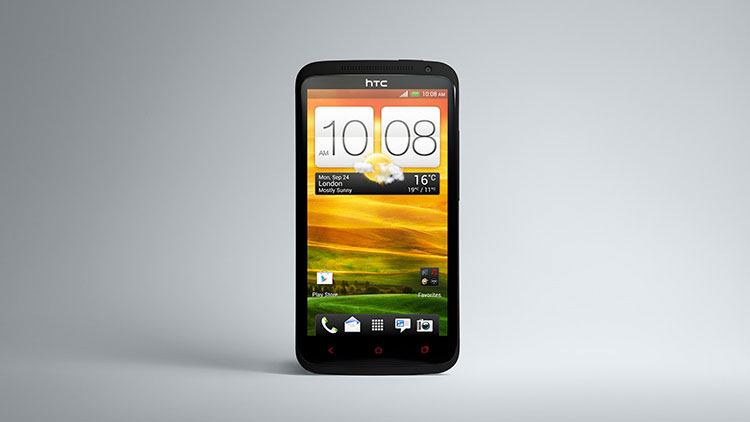Why you can trust TechRadar
Round the back of the HTC One X+ you'll find an 8MP camera with a single LED flash, but the lens has been given a slight boost over the one found in the One X, as this one is capable of capturing 1080p at 30fps, instead of 24fps.
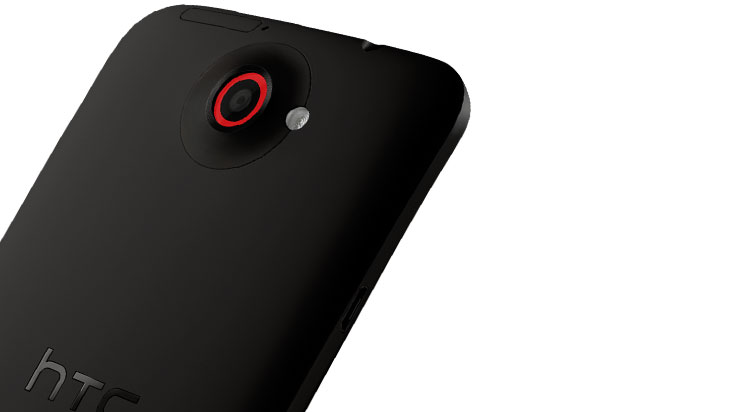
The front facing camera has also been given an upgrade, sporting 1.6MP which is 0.3MP more than on its predecessor, resulting in better quality Skype calls and vanity checks.
The camera app itself can be accessed from the lock screen if the app appears in the homescreen dock, or by tapping the camera icon in the app list.
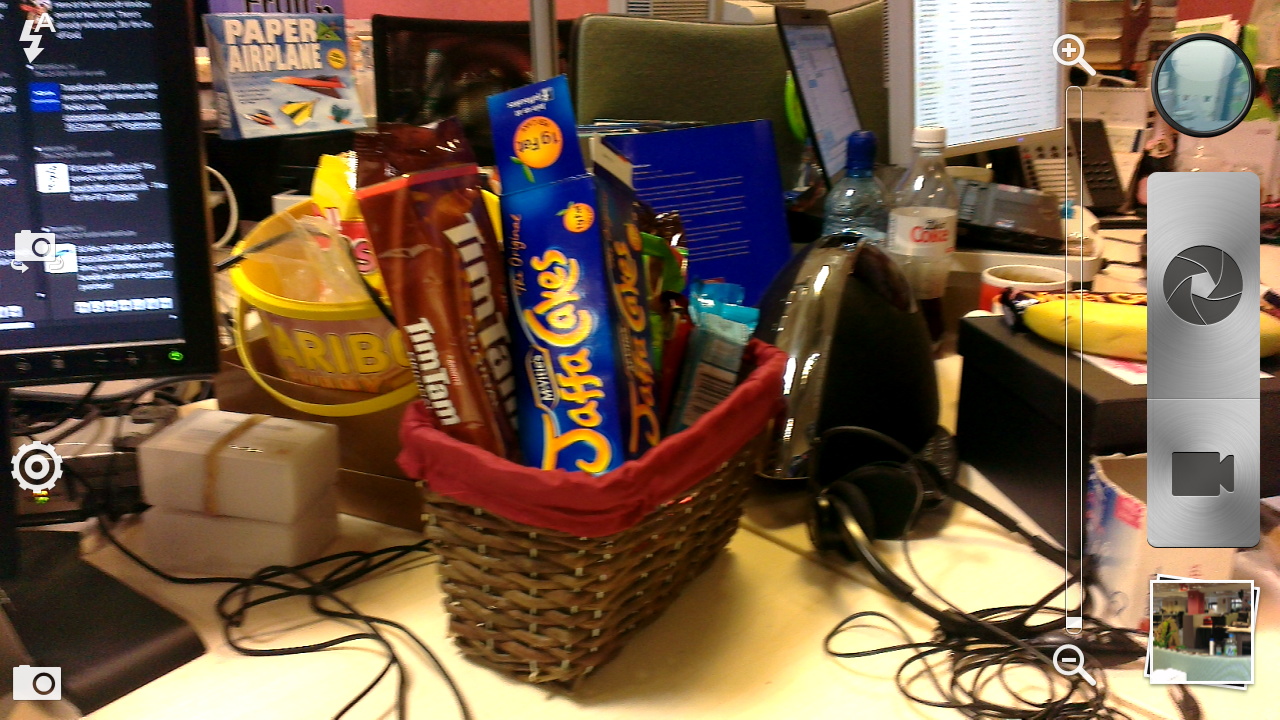
Thanks to the boosted quad-core processor and Jelly Bean OS on the HTC One X+ the camera app opens up a shade quicker than it did on the One X, but the difference is very slight.
You get a quick flash of the number of photos and number of video minutes you have left when you fire up the camera app, and if you have the 64GB version expect these numbers to be huge.
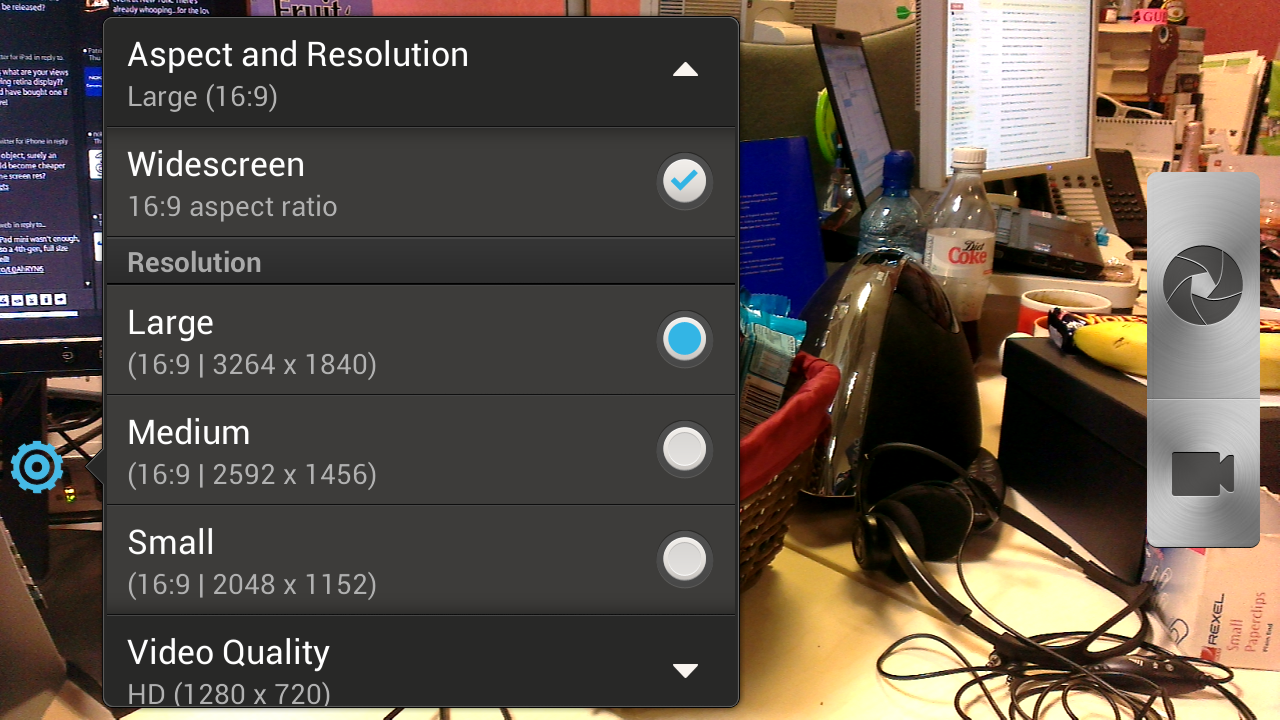
Once loaded you'll notice that HTC has made a few amendments to the camera app, the zoom bar is lined up vertically next to the now larger shutter key, while on the left side there's four icons instead of the previous three.
There's a flash toggle with three settings, auto, on and off, allowing you to take advantage of low lighting conditions, while below it there's a key to swap between rear and front facing cameras.
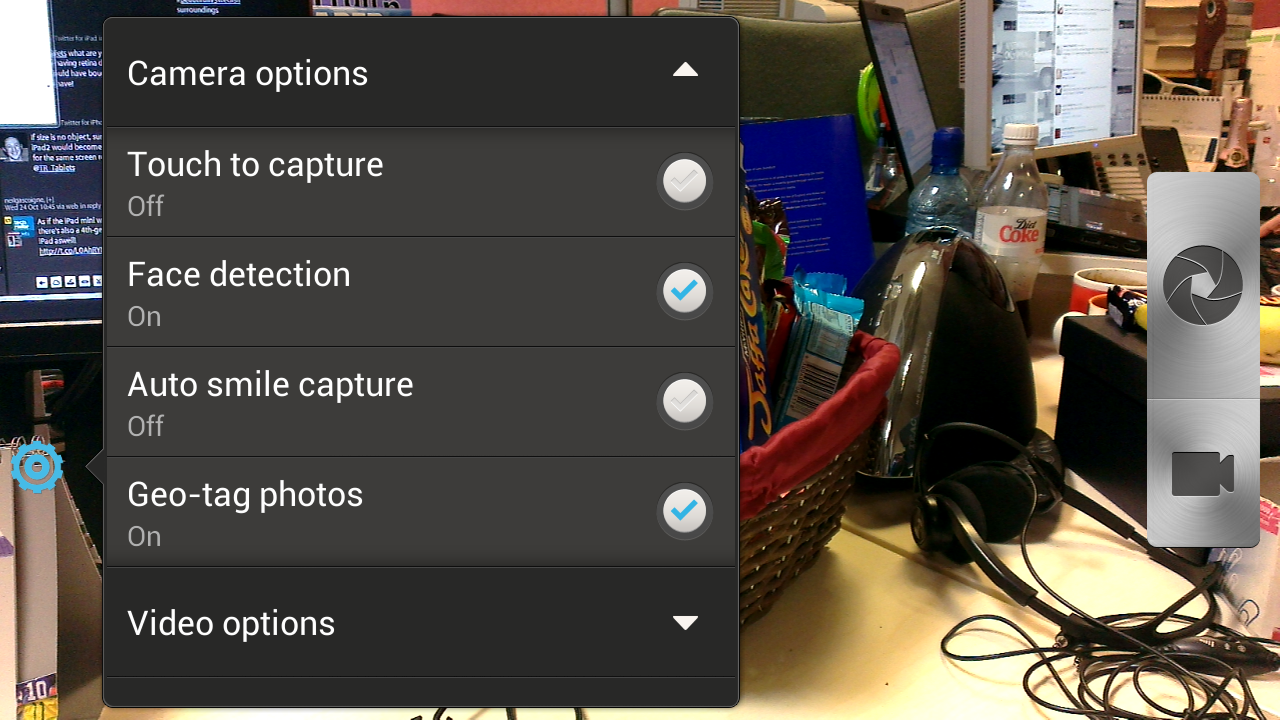
This toggle on the One X was hidden away in the setting menu, making it impossible to quickly switch between the two cameras, so we're pleased HTC has employed an easier solution.
Below that you get the aforementioned settings menu, which gives you a host of options to tinker with including exposure, contrast, saturation, ISO and white balance options.
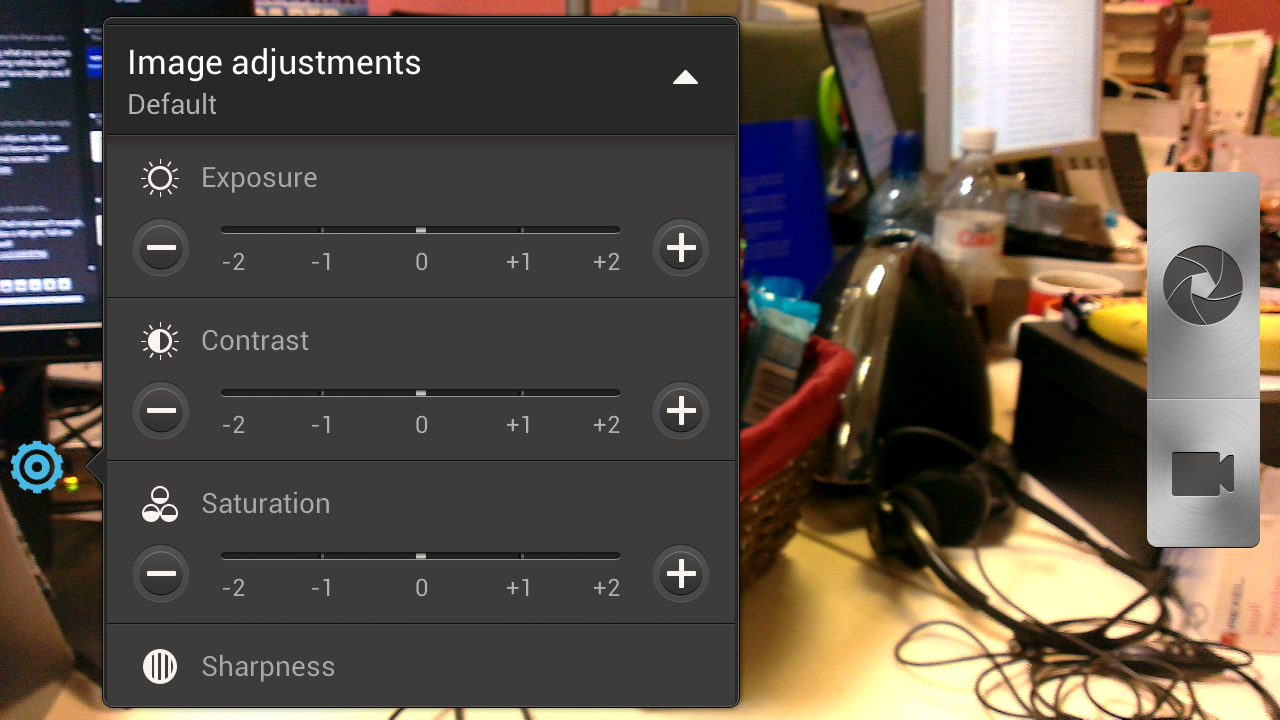
You can also turn on options such as touch to capture, face detection and auto smile capture via the settings menu, plus there's self-timer and auto-upload functions at your disposal.
Touch to capture is a handy feature, making it easy to snap a photo if you're trying to take one of yourself and your friends, as you don't have to try and hit the shutter button, although that has been increased in size on the HTC One X+.
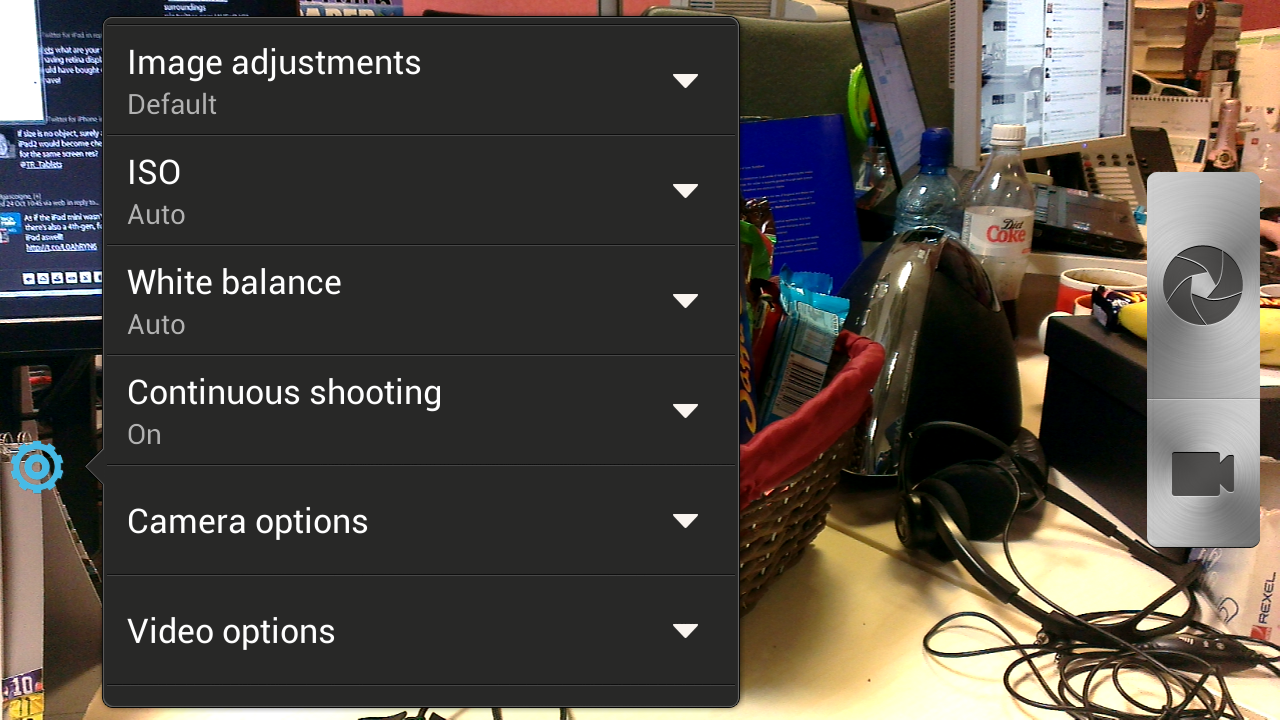
Finally the last key on the left hand side of the screen is the scene modes menu, including HDR, panorama, macro and group portrait.
That's not all though, cast your eye to just above the shutter key and the now well known effects menu which has adorned many an HTC device is present and correct on the One X+, with favourites such as distortion, vignette and dots teaming up with the old, boring reliables negative, aqua and solarise.
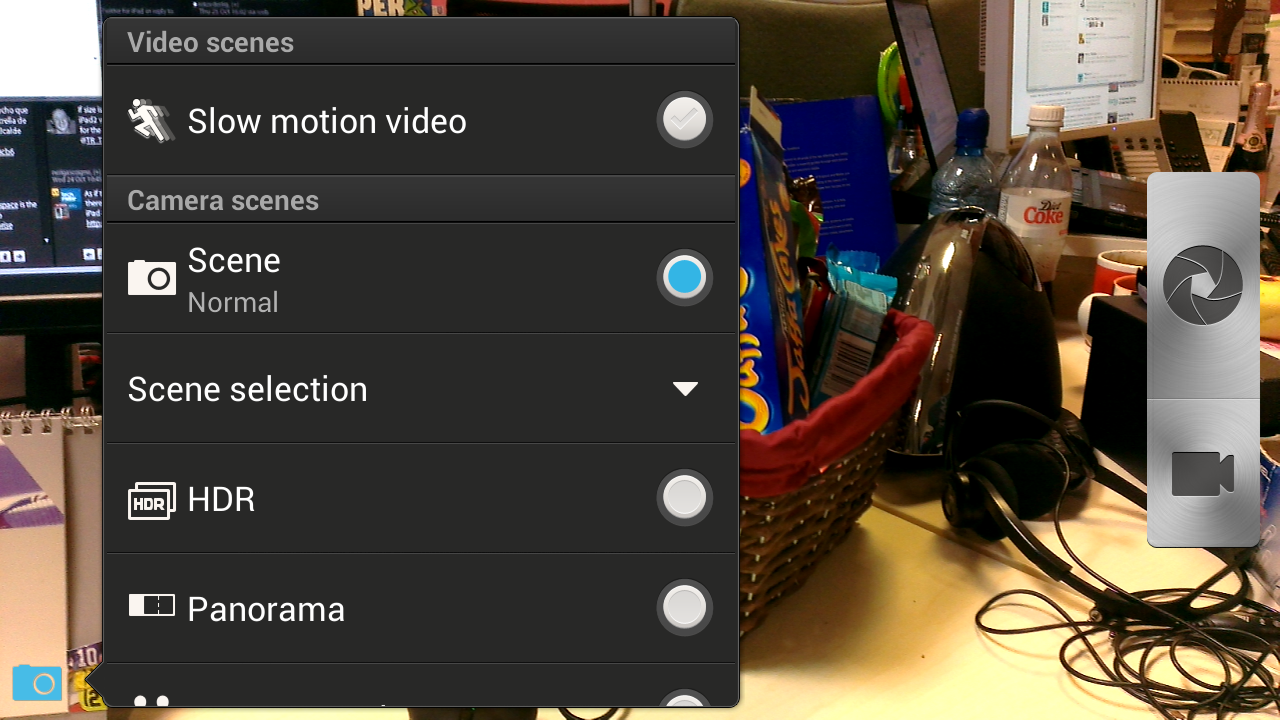
Looking at the screen at the image you're about to shoot there's a noticeable improvement in terms of colour reproduction over the original One X.
Colours appear truer on the One X+, while on the One X was over exposed in comparison.
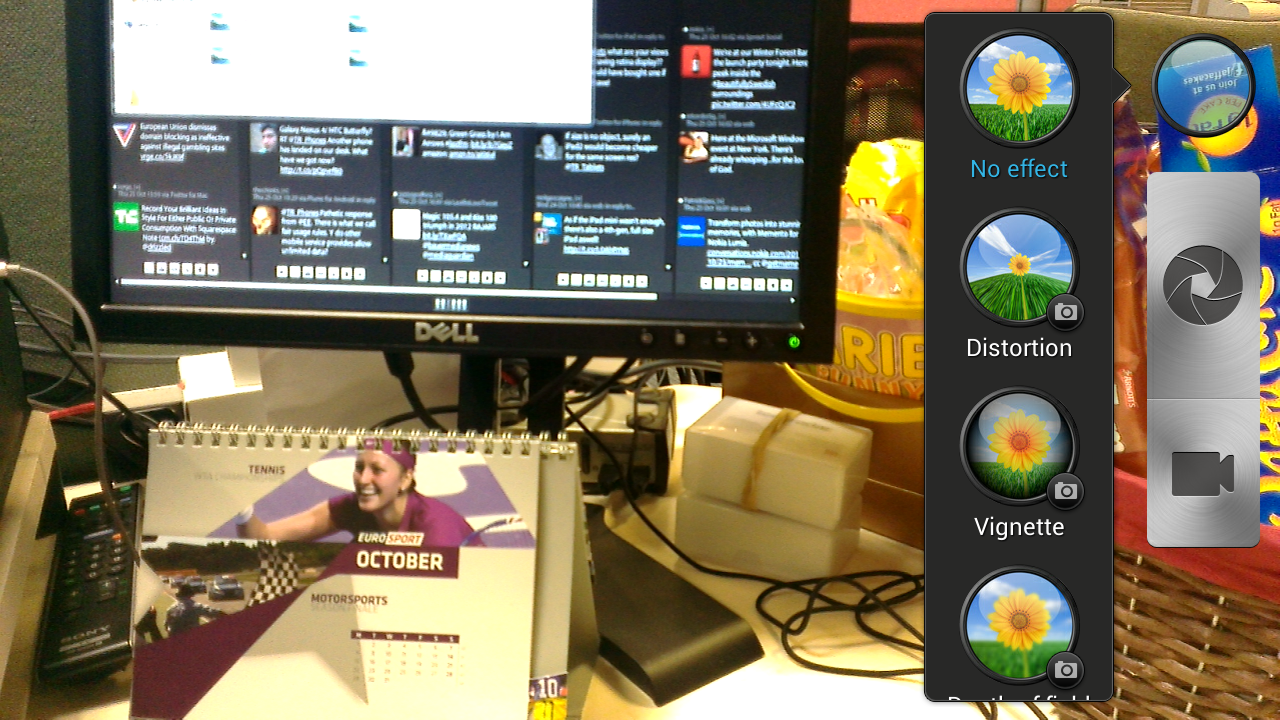
The HTC One X+ takes less than a second to snap a photo after pressing the shutter button, and that includes allowing the auto-focus to settle and flash to go off – a very impressive performance.
Results are equally as good, which true to life colours and crisp images capable of picking out detail even in busier scenes, the HTC One X+ will keep most mobile snappers happy.

Click here to see the full resolution image

Click here to see the full resolution image
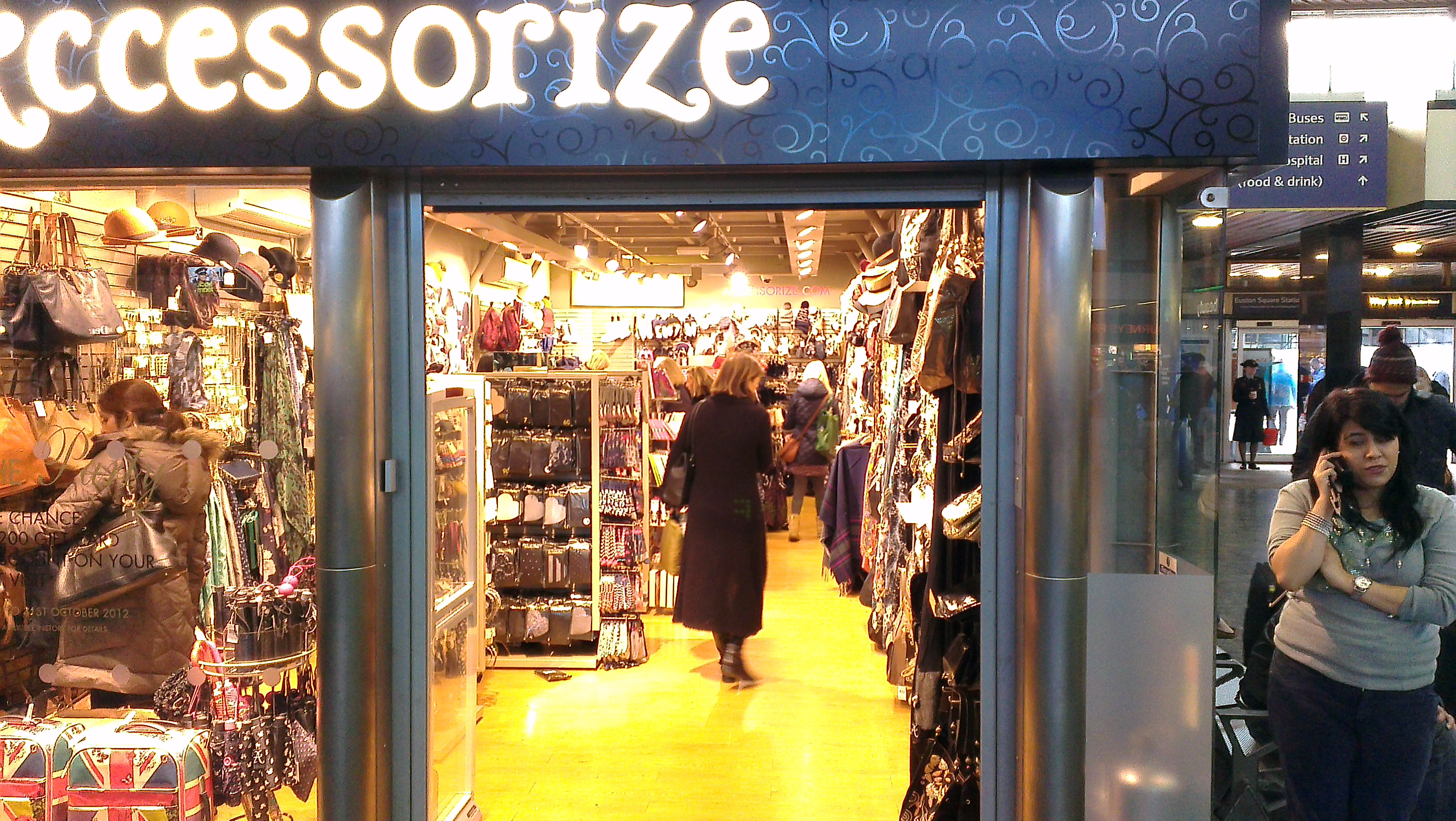
Click here to see the full resolution image

Click here to see the full resolution image

Click here to see the full resolution image
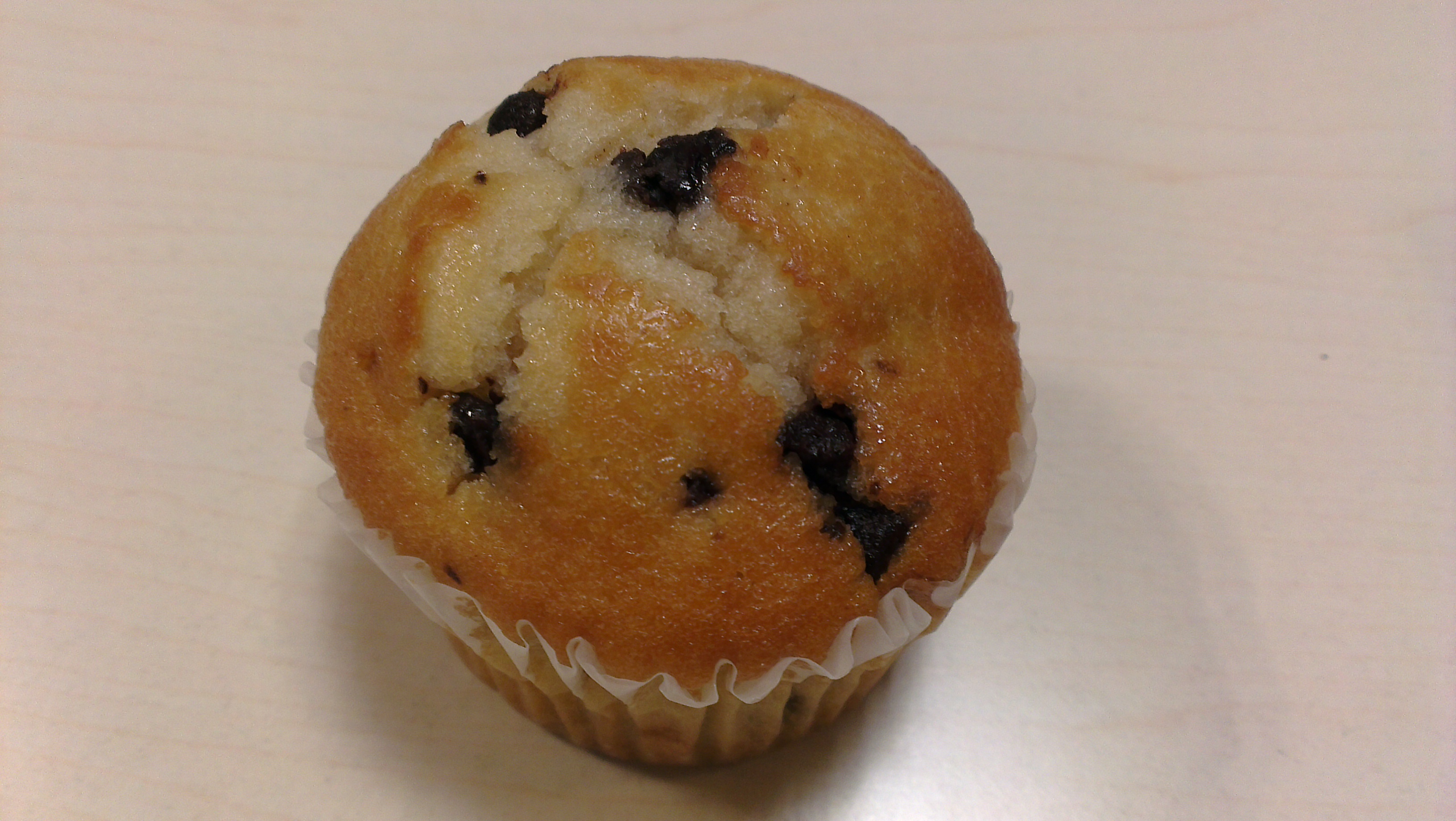
Click here to see the full resolution image
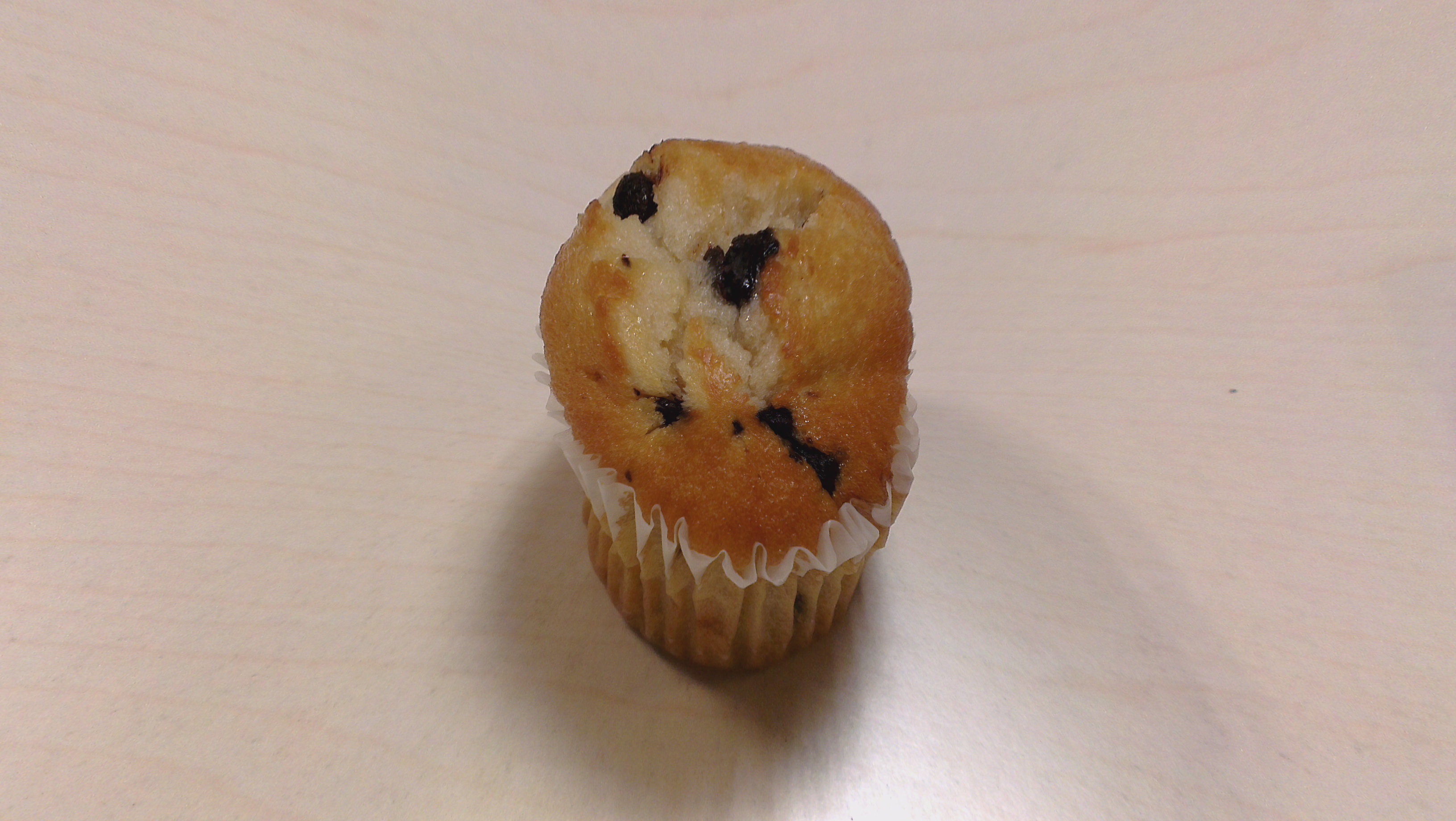
Click here to see the full resolution image
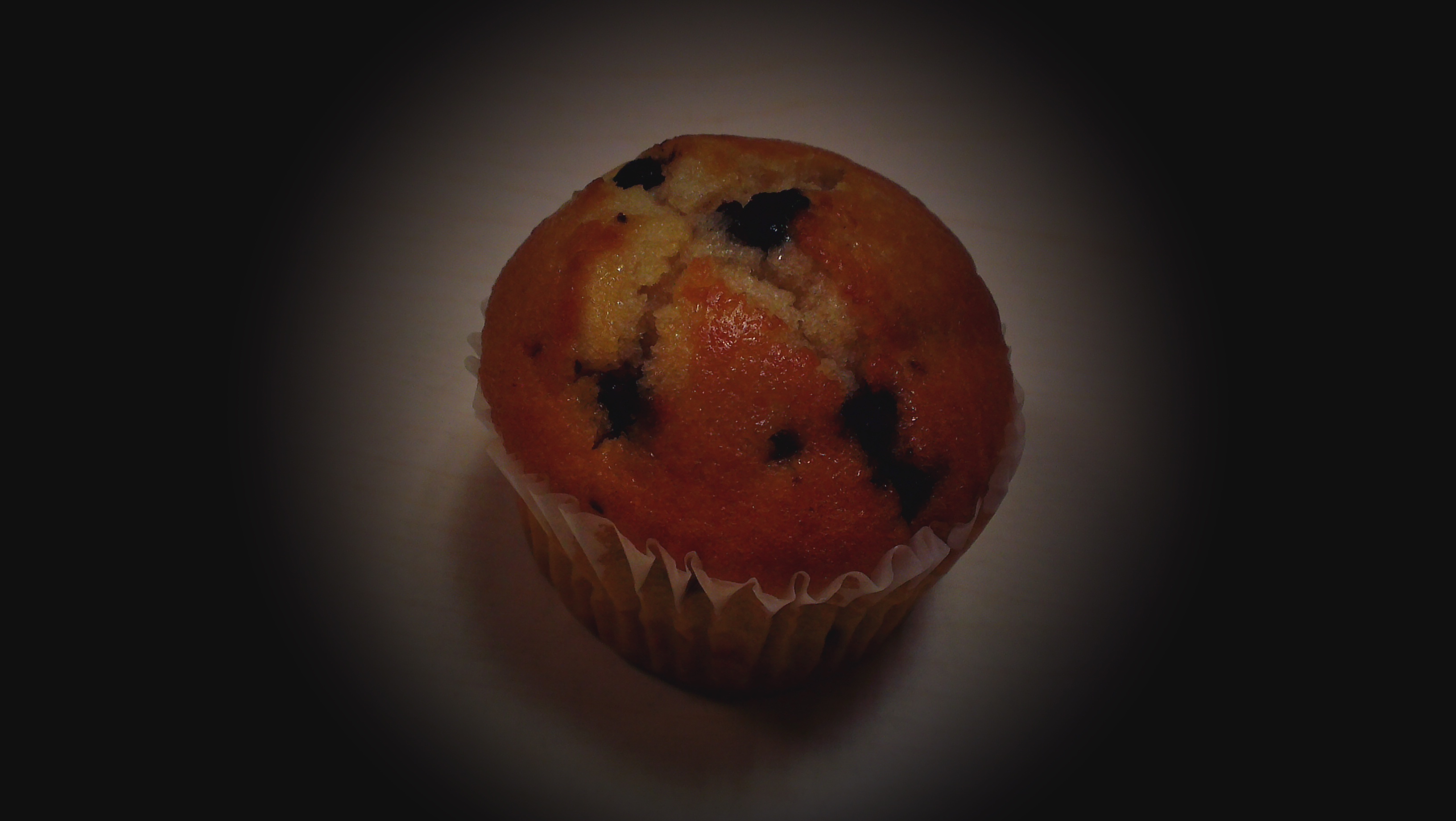
Click here to see the full resolution image
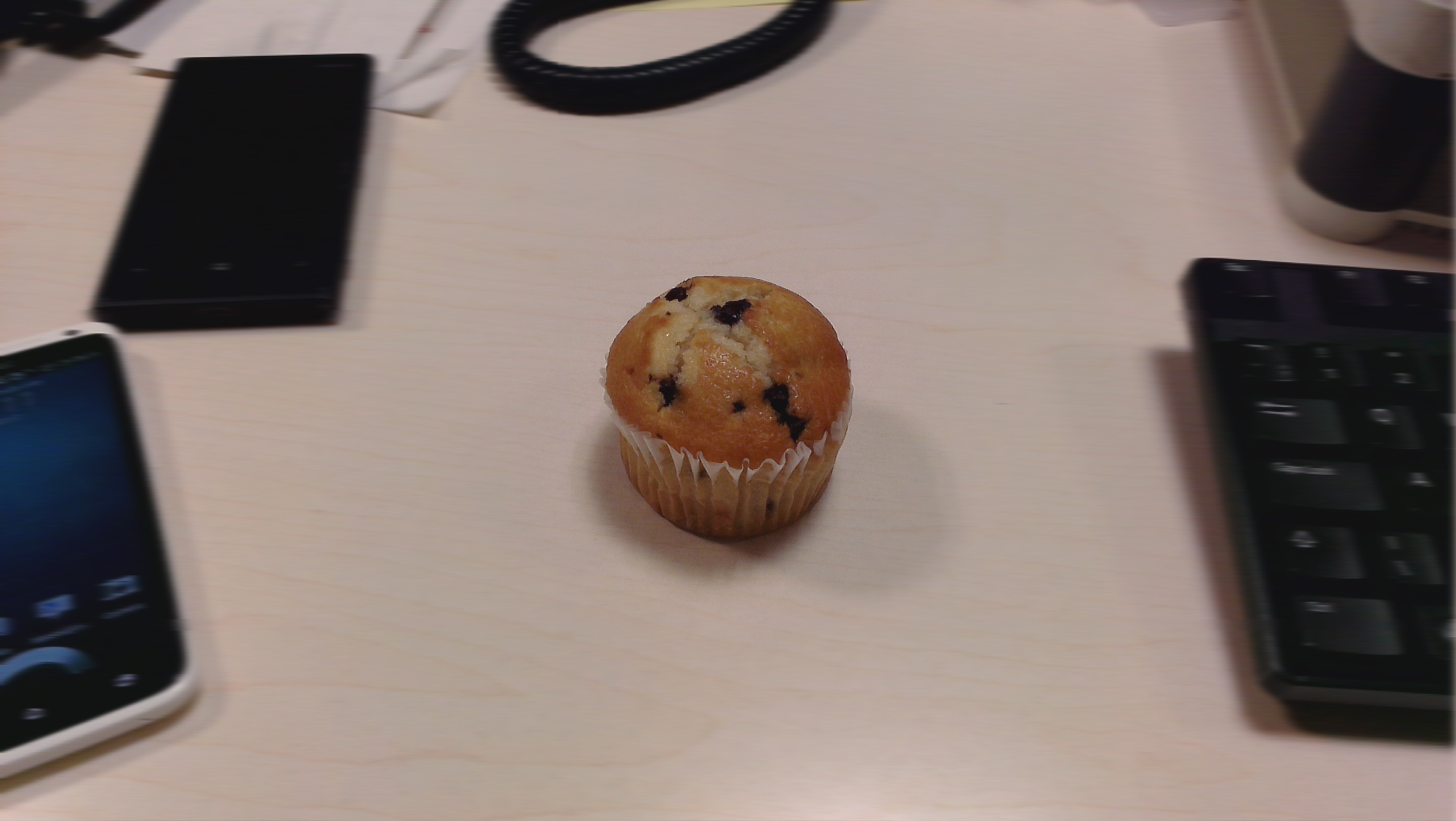
Click here to see the full resolution image
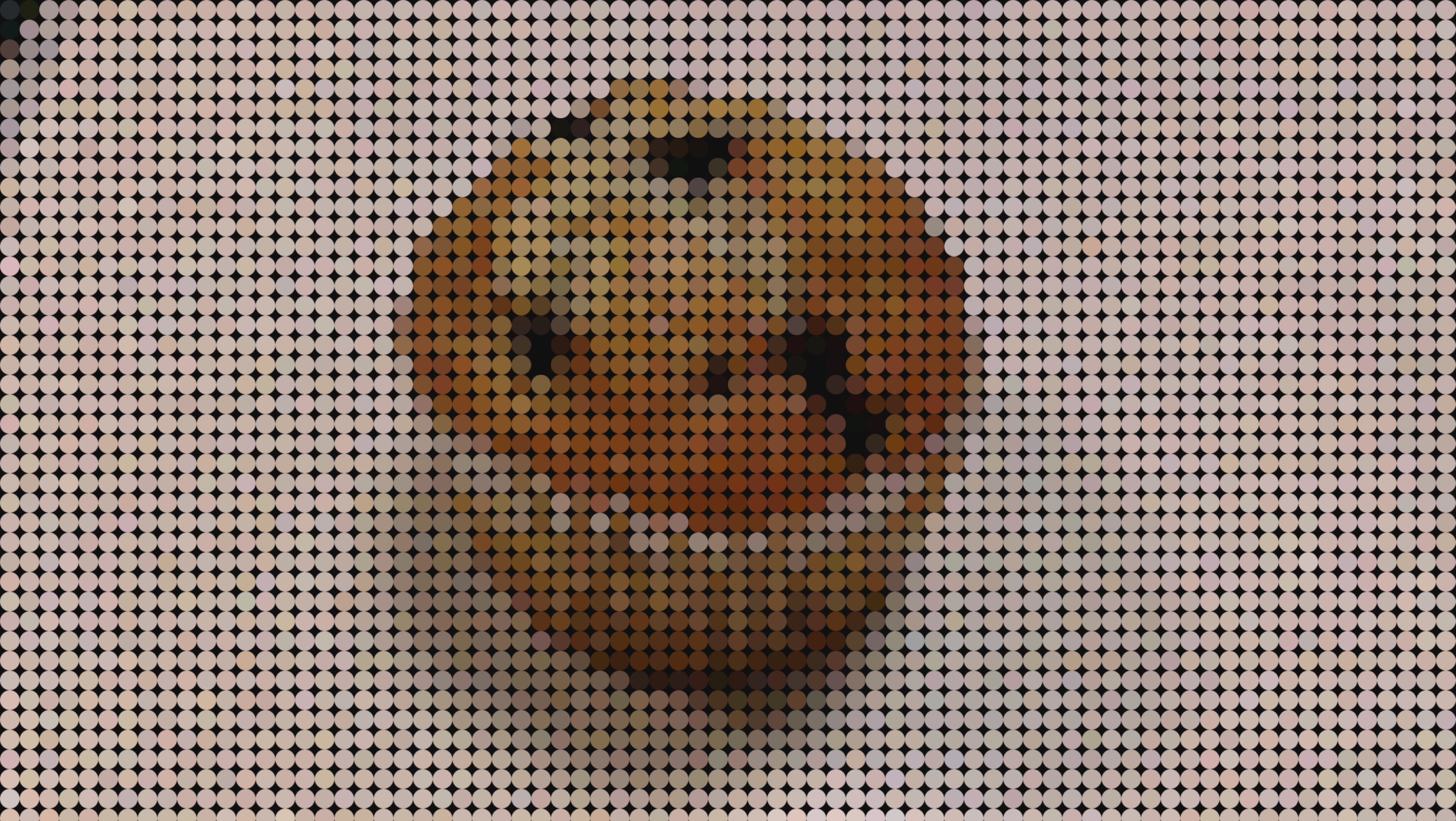
Click here to see the full resolution image


TechRadar's former Global Managing Editor, John has been a technology journalist for more than a decade, and over the years has built up a vast knowledge of the tech industry. He’s interviewed CEOs from some of the world’s biggest tech firms, visited their HQs, and appeared on live TV and radio, including Sky News, BBC News, BBC World News, Al Jazeera, LBC, and BBC Radio 4.
